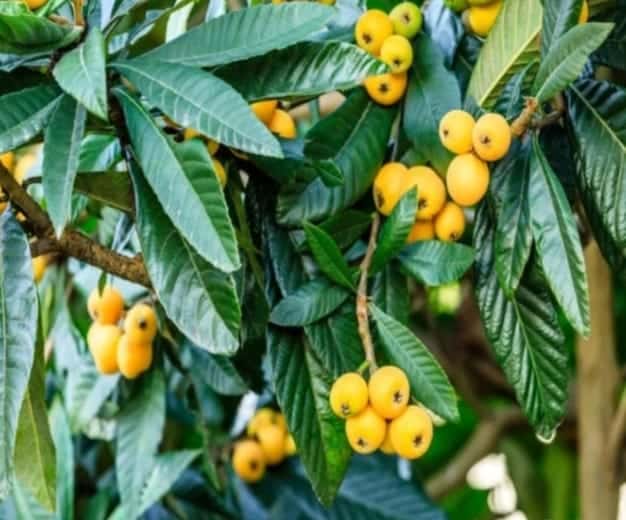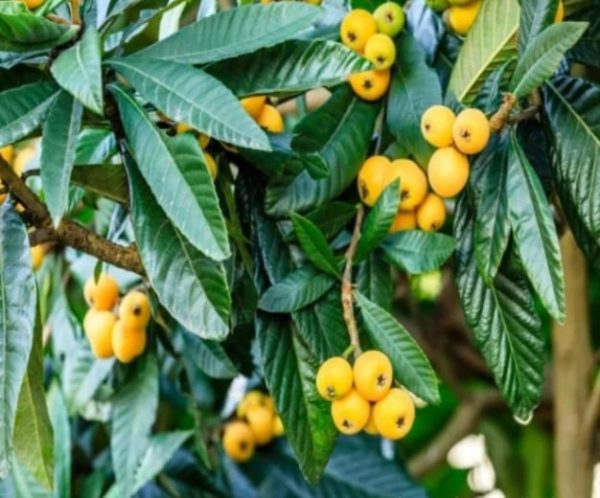THE Loquat tree is an ornamental, with it’s whirls of glossy foliage and naturally attractive shape.
They have large clusters of attractive fruit that stand out against the dark green, tropical looking foliage, growing to about 7.5m, with a canopy spreading 4.5-6m.
Loquat trees are sensitive to cold weather, as temperatures below -3 C will kill the flowers and fruit.
The trees thrive in Spain, who are the main supplier of loquats in Europe.
Some varieties are self pollinating, you can get a good yield from just one tree, but there are several cultivars that must be pollinated by another tree. When planting only one tree make sure it is a self-fertile type.
The most popular for eating is the Argelino loquat, as it’s the sweeter variety. Not only good to eat, they are also good for your body as they contain carotenoids being a good source of Vitamin A. They are also packed with fiber, calcium, and potassium.
When growing loquat trees, plant in a sunny location, at least 7.5-9m from any surrounding structures.
Plant the tree, so that the soil line of the tree is even at the level of the surrounding soil. Water twice, a week after planting, keeping soil lightly moist around the tree, until it begins to put on new growth.
Care needs three essential things: good nutrition; water management and weed control. Fertilise three times a year, with a lawn fertiliser.
Water when blossoms begin to swell in spring, and two to three more times when the fruit begins to ripen. Apply water slowly, allowing it to sink into the soil as much as possible. Stop, when the water begins to run off. Take care when weeding around the tree, with roots very shallow.
Loquat fruits are small, round, or pear-shaped, of approximately 5cm long, tasting sweet or slightly acidic, with juicy flesh being white, yellow or orange, with a yellow or orange blushed peel.
Very tasty, when peeled and eaten fresh, with a flavour being a mixture of peach, citrus and mild mango.
They make excellent jellies, jams and preserves, as they have high sugar, acid and pectin levels.






